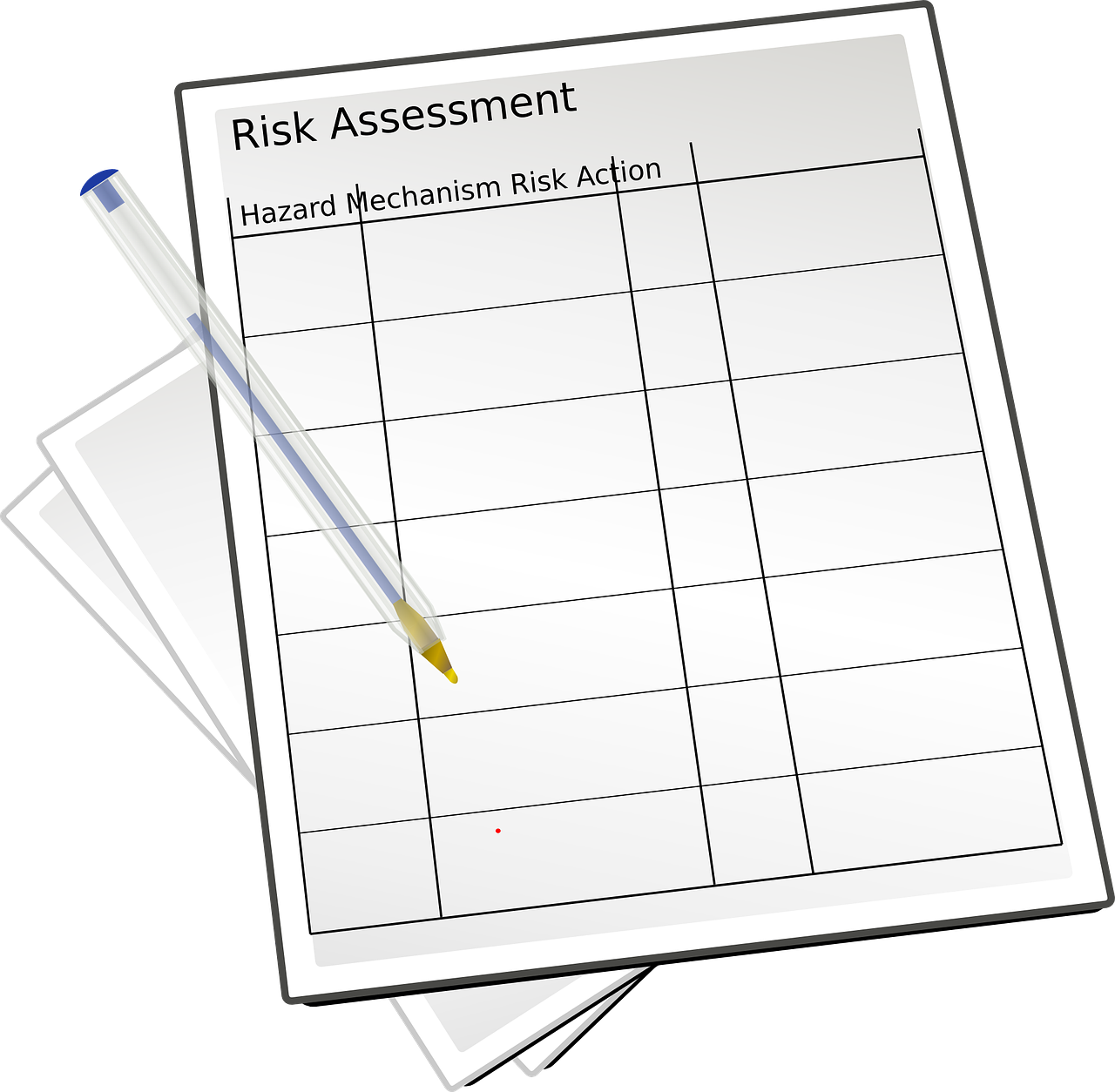Grant writing presents a valuable opportunity for volunteer fire departments to acquire the resources they need to serve their communities effectively. But before diving into the world of applications and deadlines, identifying your most urgent needs is paramount. This crucial step lays the foundation for a compelling and successful grant proposal.
Step 1: Conduct a thorough assessment:
- Gather input: Involve all department members – firefighters, leadership, and support staff – in open discussions and surveys to identify challenges and priorities.
- Analyze equipment: Take inventory of your existing equipment. Note outdated, malfunctioning, or insufficient items that hinder your response capabilities. Consider specialized needs based on your community’s demographics and potential hazards.
- Evaluate training: Assess the skills and knowledge gaps within your department. Identify areas where additional training would improve response times, effectiveness, or firefighter safety.
- Review programs: Examine existing programs like public education initiatives or community outreach efforts. Look for areas for improvement, expansion, or development of new programs to fulfill community needs.
Step 2: Prioritize your needs:
- Consider urgency and impact: Assess the severity of each need and its potential impact on your department’s ability to protect the community. Prioritize life-saving equipment and essential training over less critical items or programs.
- Align with grant opportunities: Research potential grants and identify those that align with your highest priorities. Focus your efforts on securing funding for needs that match the specific goals and objectives of the chosen grant programs.
- Cost and feasibility: Consider the cost of each need and your department’s ability to maintain and utilize the acquired resources. Prioritize needs that are realistically achievable with the anticipated grant funding.
Step 3: Quantify the impact:
- Data is your friend: Gather data that quantifies the impact of each need. This could include response times, accident statistics, training gaps, or community outreach program participation numbers. Data strengthens your narrative and demonstrates the urgency of addressing the identified needs.
Remember:
- Community involvement is key: Highlight how addressing your needs directly benefits the community you serve. Include testimonials, letters of support, or data demonstrating community needs and support for your department’s initiatives.
- Be specific and transparent: Clearly articulate the specific equipment, training, or program you require. Quantify the costs and explain how the grant funding will be used to address each need.
- Seek guidance: Leverage resources like the National Volunteer Fire Council (NVFC) or professional grant writers for assistance with needs assessment and proposal development.
By thoroughly assessing your needs, prioritizing strategically, and quantifying the impact, you lay the groundwork for a powerful grant proposal that will resonate with potential funders and secure the resources your department needs to thrive.



